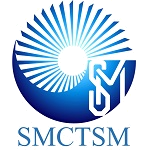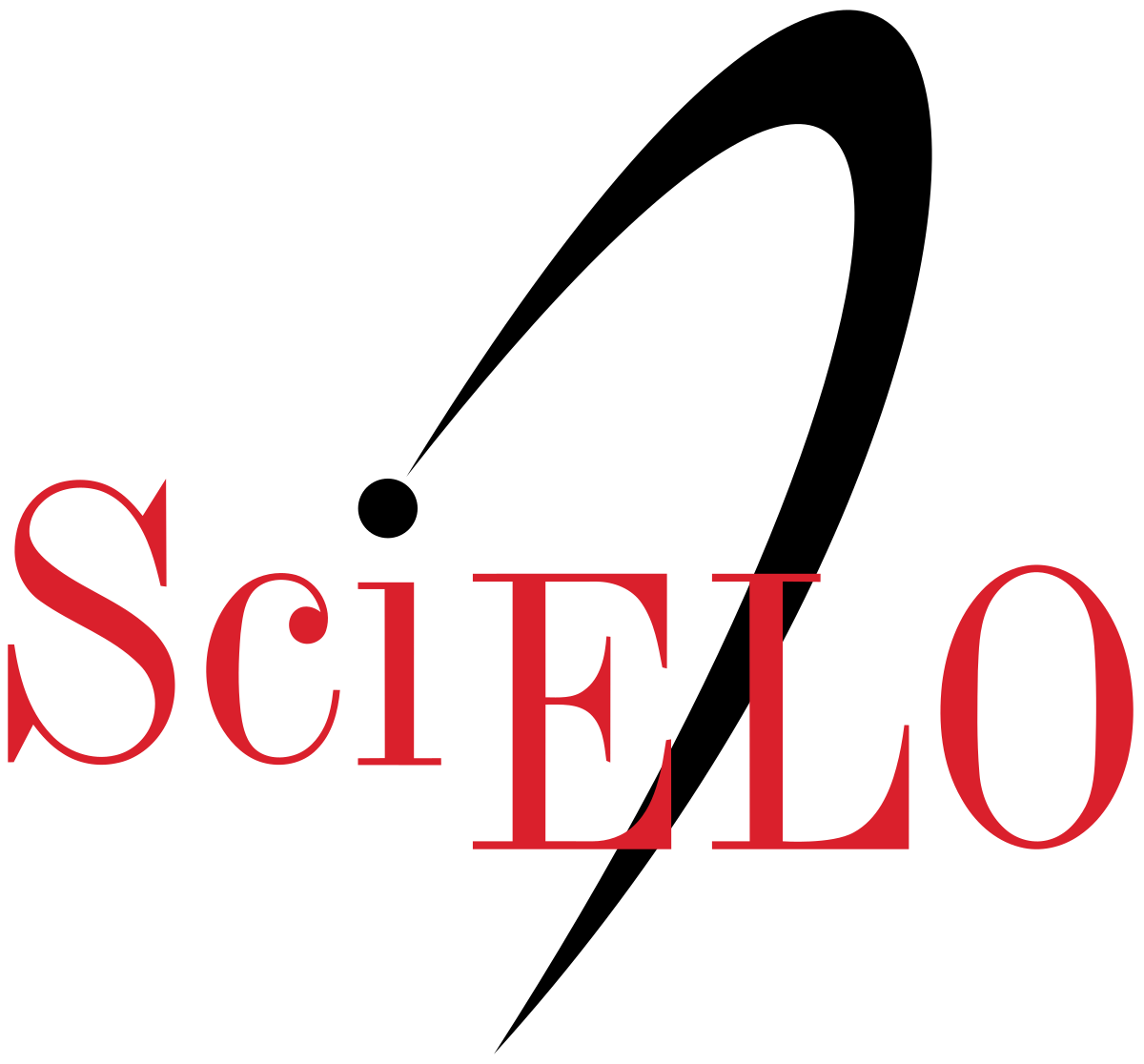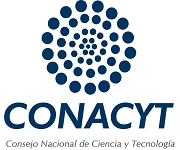Interfacial Analysis of chitosan/bone: cortical and cancellous bone matrices
Keywords:
Chitosan, bone, compatibility, analysisAbstract
Thermal stability and phase separation of a film on a substrate can be controlled at the interface level by changing the compatibility between both components, which is based on molecular interactions. Thus, in this study chitosan was used as a coating agent due to its superior film-forming properties and multiple molecular interactions with bone. In particular, two types of bone substrates were considered to study the bio-adhesion phenomena: cancellous and cortical bones. Firstly, chitosan/bone samples were prepared by controllable dip-coating method under fixed conditions, and subsequently an experimental investigation was utilized to analyze the interfacial compatibility and interaction between chitosan with the two bone substrates. As a result, Fourier transform infrared spectroscopy (FTIR) data revealed a strong interaction between the chitosan molecules and bones. Meanwhile, by scanning electron microscope (SEM) and microhardness analysis a moderate interfacial compatibility was exhibited. Furthermore, analyses by X-ray diffraction were used to identify the spatial arrangement of chitosan structure on bone, which was increased as a result of the increased acidity of chitosan solutionReferences
S. Bose, and S. Tarafder, Acta Biomater. 8, 1401 (2012).
http:dx.doi.org/10.1016/j.actbio.2011.11.017
N.H Kelly, J.C. Schimenti, F.P. Ross, M.C.H. Van der Meulen, Bone 68, 1 (2014).
http:dx.doi.org/ 10.1016/j.bone.2014.07.022
S. Tang, B. Tian, Y.J. Guo, Z. Zhu, Y.P. Guo, Surf Coat Tech. 251, 210 (2014).
http:dx.doi.org/10.1016/j.surfcoat.2014.04.028
M. Dash, F. Chiellini, R.M. Ottenbrite, E. Chiellini, Prog Polym Sci. 36, 981 (2011).
http:dx.doi.org/ 10.1016/j.progpolymsci.2011.02.001
R.A.A. Muzzarelli, Carbohydr Polym. 83, 1433 (2011).
http:dx.doi.org/10.1016/j.carbpol.2010.10.044
J. Berger, M. Reist, O. Felt, R. Gurny, Eur J Pharm Biopharm. 57, 35 (2004).
http:dx.doi.org/10.1016/S0939-6411(03)00160-7
B. Burton, A. Gaspara, D. Josey, J. Tupy, M.D. Grynpas, T.L. Willett, Bone 61, 71 (2014).
http:dx.doi.org/ 10.1016/j.bone.2014.01.006
J. Black, and G. Hastings, “Handbook of biomaterial properties”, Springer Science & Business Media 2013, pp 2-98.
http:dx.doi.org/10.1007/978-1-4615-5801-9
A. Bigi, G. Cojazzi, S. Panzavolta, A. Ripamonti, N. Roveri, M. Romanello, K.N. Suarez, L. Moro, J Inorg Biochem. 68, 45 (1997).
http:dx.doi.org/10.1016/S0162-0134(97)00007-X
N. Reznikov, R. Shahar, and S. Weiner, Acta Biomater, 10, 3815 (2014).
http:dx.doi.org/10.1016/j.actbio.2014.05.024.
J.B. Lynch, P.D. Spence, D.E. Baker, T.A. Postlethwaite, J Appl Polym Sci, 71, 319 (1999).
http:dx.doi.org/10.1002/(SICI)1097-4628(19990110)71:2<319::AID-APP16>3.0.CO;2-T
J. Brugnerotto, J. Lizardi, F.M. Goycoolea, W Argüelles-Monal, J Desbrières, M Rinaudo, Polymer 42, 3569 (2001).
http:dx.doi.org/10.1016/S0032-3861(00)00713-8
O. Gunduz, C. Gode, Z. Ahmad, H. Gökçe, M. Yetmez, C. Kalkandelen, Y.M. Sahin, F.N. Oktar, J Mech Behav Biomed Mater, 35, 6 (2014).
http:dx.doi.org/10.1016/j.jmbbm.2014.03.004
A. Pielesz, Spectrochim. Acta Part A Mol. Biomol. 118, 287 (2014).
http:dx.doi.org/10.1016/j.saa.2013.08.056
E. Kusrini, and M. Sontang, Radiat Phys Chem. 81, 118 (2012).
http:dx.doi.org/10.1016/j.radphyschem.2011.10.006
J. Safari, and L. Javadian, Ultrason Sonochem. 22, 341 (2015).
http:dx.doi.org/10.1016/j.ultsonch.2014.02.002
Published
Issue
Section
License
Copyright (c) 2016 Superficies y Vacío

This work is licensed under a Creative Commons Attribution 4.0 International License.
©2025 by the authors; licensee SMCTSM, Mexico. This article is an open access article distributed under the terms and conditions of the Creative Commons Attribution license (http://creativecommons.org/licenses/by/4.0/).





